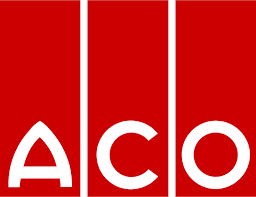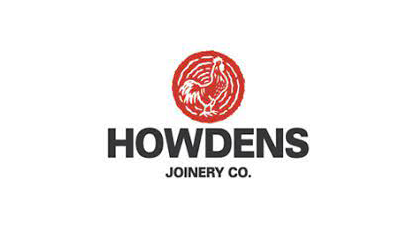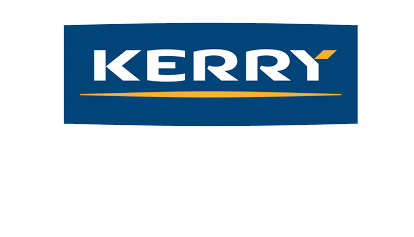
- Details
- Category: Blog
The most effective form of learning for adults is through practical projects. This is particularly relevant at the moment because research indicates that today, learning priorities for enterprises and individuals alike are the soft skills of communication and collaboration. Skills which can only be developed through social interaction.
Best practice is therefore to put the improvement agenda at the heart of the learning process and vice versa. The outcome is a practical way of targeting the precious training budget at priorities that develop organisational capabilities to deliver year on year performance gains. Other benefits include higher levels of engagement, increased safety and slicker work routines.
Process leadership and Accountabilities
As explained in the article "Getting better at what you do", the right approach to work process design will make problems visible and ensure that weaknesses are dealt with. To put it another way, the root causes of problems are weaknesses in work processes.
That is because the work process defines how work is to be carried out, setting expectations for how workers should:
- Prioritise their use of time
- That impacts on mindset relating to
- Working around weaknesses to "get the job done" vs
- Investing time in resolving weaknesses or "Taking time to save time"
- That impacts on mindset relating to
- Make use of data
- That impacts on mindset relating to whether those closest to the data
- Feedback issues for others to fix vs
- Analyse and resolve issues
- That impacts on mindset relating to whether those closest to the data
- Set their level of performance
- That impacts on mindsets relating to quality of work achieved
- Good enough vs
- As good as it can be
- That impacts on mindsets relating to quality of work achieved
When using the term "Work Process", we are referring to the reality of how work is carried out, not how it is defined in the business system manual.
The difference between the two is often why weaknesses persist. In some cases this could be due to poor work process design in others it could be due to lack of knowledge, poor training or lack of discipline. It is often a combination of these factors and that adds to the complexity of how to implement countermeasures.
Creating the conditions for learning around practical projects is a way fixing the gap between how work is done and best practice. That engages those closest to the problem with personal ownership of the problem and supports their efforts to learn how to gain insight and resolve it. With the right technical support, the engagement of front line teams can be the fastest way to achieve lasting improvement as the higher level of buy in makes it easier to introduce new ways of working.
Defining the project scope and aligning priorities
A key part of creating the conditions for learning is to set out what needs to be improved, what good looks like and the milestones to get there. This is coved in more detail in the section on "making workplace learning part of the routine".
The approach to programme design has a major impact on the success of the learning process. Best practice programme design advice is to:
- Adopt a cross functional team approach.
- Getting the desired result will involve changing how multiple people work and typically will span functional boundaries. In addition research shows that 90% of people prefer to learn through knowledge sharing with the team. Building the programme around a team can only accelerate the pace of learning and improvement.
- Carry out a top level gap analysis to confirm the scope of issues that impact on the desired result
- Allow those resources allocated to the learning project to confirm that they are engaged with the task by getting then to develop plans to deliver the desired outcome.
- The process of planning develops understanding and builds commitment to the desired result. When plans are presented and discussed, that also provides a coaching touch point to guide direction and provide support where needed.
- Map out the road map milestones to deliver the desired state.
- Set out the ground rules for how the new approach should be developed for example:
-
- Restore before improve
- Low cost or no cost solutions first
Refine Underpinning Systems
Weaknesses in underpinning processes can present a significant barrier to progress towards a learning organisation. These include:
Value Stream Documentation
That covers documentation and analysis relating to:
-
- Definition of the work process added value
- Criticality analysis
- Identification of improvement potential.
Best practice standards
Design standards for work routines to assure
-
- Effectiveness and productivity
- Workforce flexibility
- Training time
- Pace of skill development
- Risk of human error and probability of quality defects
Skill Profiles and Learning Plans
-
- The definition of balanced team skill profile (Core, intermediate and specialist skills per work group)
- The skill development pathways
- Learning plans including coaching and mentoring support
- Recognition to provide feedback and reinforce proactive learning
The Leadership role in creating the conditions for learning involves removing those barriers. Rather than create a programme to target this directly, the most effective way to deal with these barriers is to look for any impact on the initial improvement projects. That will surface weaknesses and guide actions to remove them.
For more about programme design and project governance why not check out our on line awareness session Project Governance Basics for Manufacturing Leaders.
As with all of our short awareness sessions, this leads delegates through a diagnostic assessment of current practices against best practice benchmarks.








